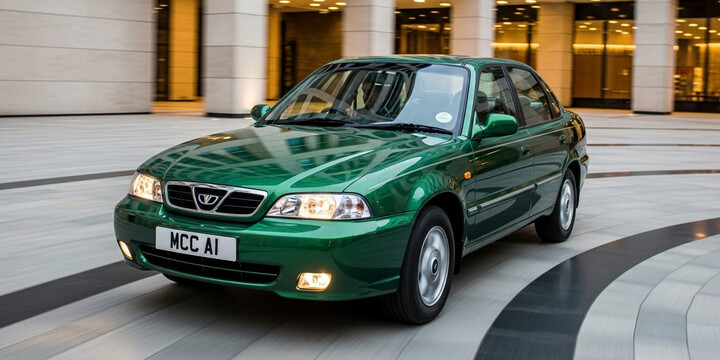
DAEWOO NUBIRA (1997-02)
The DAEWOO NUBIRA (1997-02) is a practical and reliable family hatchback that made a notable presence in the UK market during its production years. Known for its spacious interior and comfortable ride, this car is an excellent choice for families, daily commuters, or first-time drivers seeking a budget-friendly vehicle with low running costs. Its reputation is built on straightforward design, decent fuel economy, and affordability, making it a popular choice among used car buyers.
What sets the DAEWOO NUBIRA apart is its reputation for reliability and practicality rather than flashy features. It’s a dependable option that offers a comfortable driving experience, with a typical mileage around 73,909 miles based on recent data. Compared to its rivals, it stands out as an economical and sensible choice for those looking for an everyday car. Whether used for school runs or city commuting, the DAEWOO NUBIRA (1997-02) remains a dependable vehicle worth considering, especially for buyers prioritising value and practicality in the used car market.
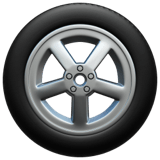
average use
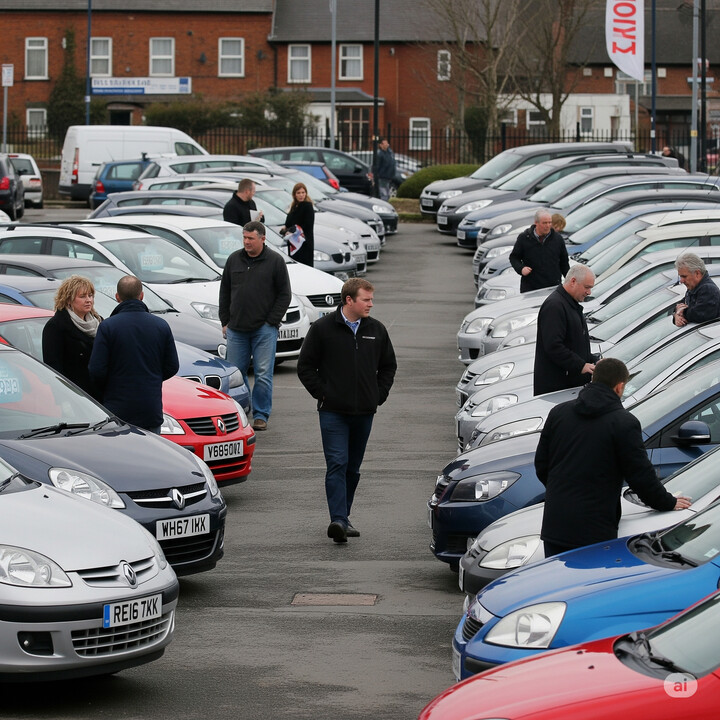
The most recent mileage readings for the DAEWOO NUBIRA (1997-02) show that the most common recorded mileage falls within the 90000 to 100000 miles range, accounting for 20% of the data. Notably, the most frequent mileage band is 50000 to 70000 miles, which together represents about 35% of the records (15% for 60000-70000 and 20% for 50000-60000). Mileage readings are relatively evenly distributed across several ranges, with smaller percentages recorded in the 30000 to 40000 (5%), 40000 to 50000 (5%), and 100000 to 110000 (5%) bands. Additionally, the data suggests a larger proportion of vehicles with higher mileages (around 70000 to 100000 miles), indicating that these cars tend to accumulate significant mileage over their lifespan.

vehicle values
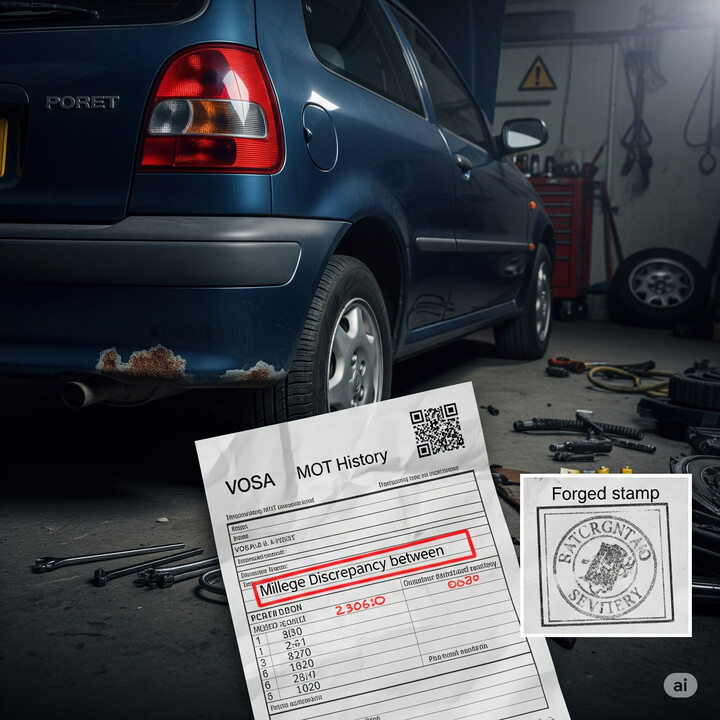
The data indicates that for a DAEWOO NUBIRA (1997-02) sold privately in the UK, the typical sale price ranges from zero up to £1,000, with 100% of the private sale prices falling within this range. This suggests that the vehicle generally commands a relatively low market value in private transactions, likely due to its age and model. There are no higher price brackets indicated, highlighting that private sales tend to be at the lower end of the value spectrum for this vehicle.

production years
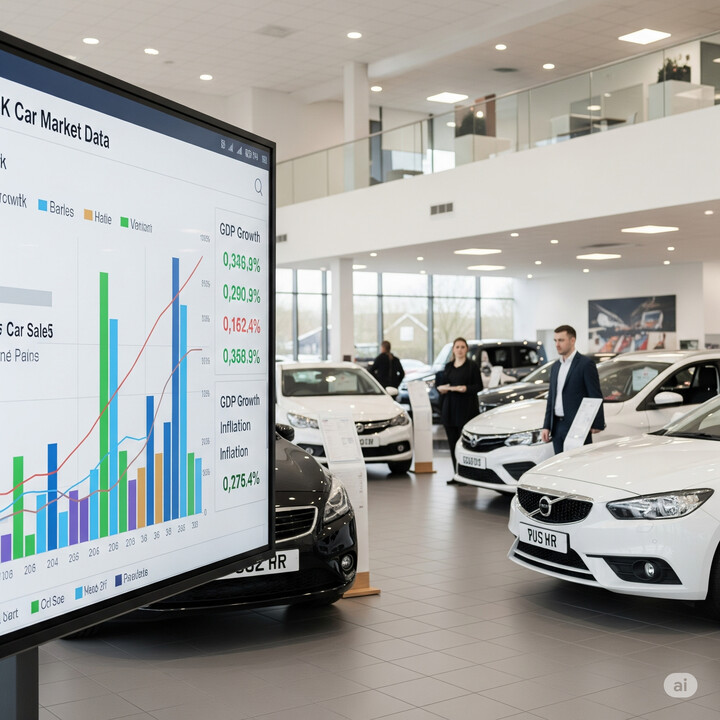
The data indicates that most DAEWOO NUBIRA (1997-02) vehicles in the sample were manufactured around the year 2001, accounting for 50% of the vehicles. Additionally, a significant portion, 30%, was manufactured in 2000. In comparison, only smaller proportions were produced in 2002 (15%) and 2003 (5%). This suggests that the majority of the vehicles in the dataset originate from the early 2000s, with a notable concentration in 2001, possibly reflecting the model's peak production period or higher availability of cars from that year.
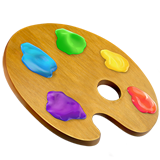
colour popularity
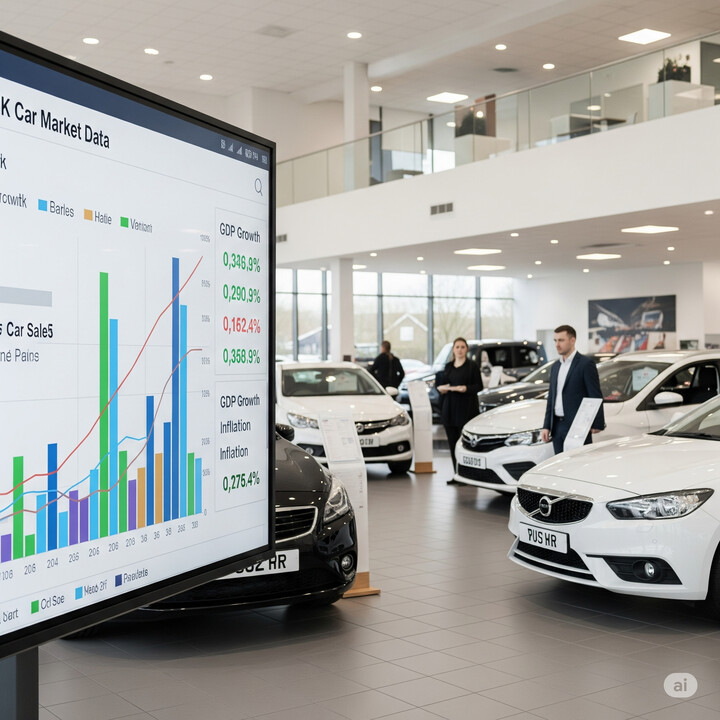
The data indicates that among DAEWOO NUBIRA (1997-02) vehicles, silver is by far the most common main paint colour, accounting for 50% of the vehicles. Blue is the next most frequent at 20%, followed by red at 15%, green at 10%, and white being the least common at only 5%. This distribution suggests a strong preference or trend for silver vehicles within this model range, with less popularity for white and green options.

ownership cycle
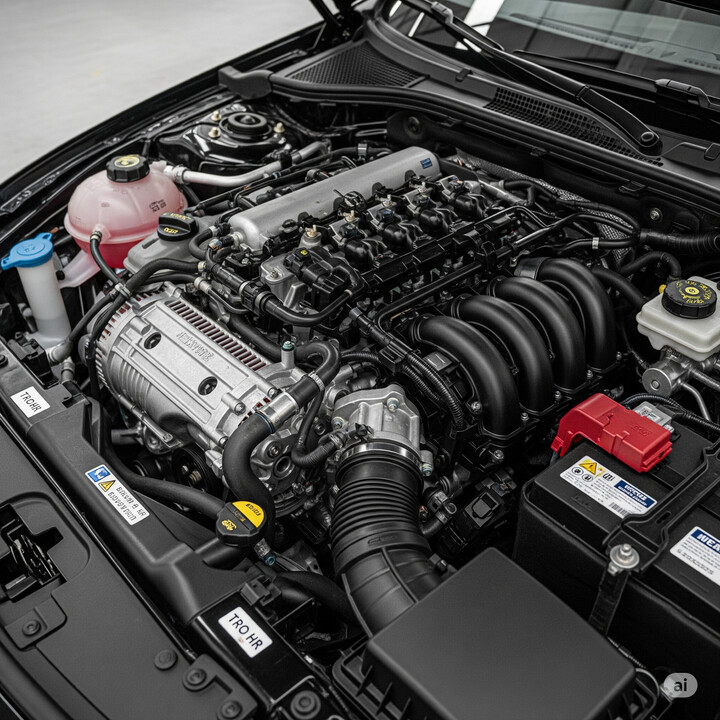
The data on registered keepers for the DAEWOO NUBIRA (1997-02) indicates that the majority of vehicles have had three registered keepers, accounting for 50% of the sample. A significant portion, 15%, has had two keepers, and smaller percentages have had one (5%), five (10%), seven (10%), nine (5%), and four (5%) keepers. This distribution suggests that most vehicles of this model tend to remain with a few owners over their lifespan, with a notable number changing hands multiple times. The data highlights the vehicle’s relatively stable ownership pattern but also reflects some variation in the number of keepers.

engine choices

The data indicates that for DAEWOO NUBIRA models from 1997 to 2002, the engine capacity is evenly split between 1598cc and 1998cc, each accounting for 50% of the vehicles in the sample. Additionally, all vehicles in this group are powered by petrol. This suggests a diverse range of engine sizes available for this model during the period, with a consistent preference for petrol fuel.












